Itsuko Hasegawa scoops first ever Royal Academy Architecture Prize
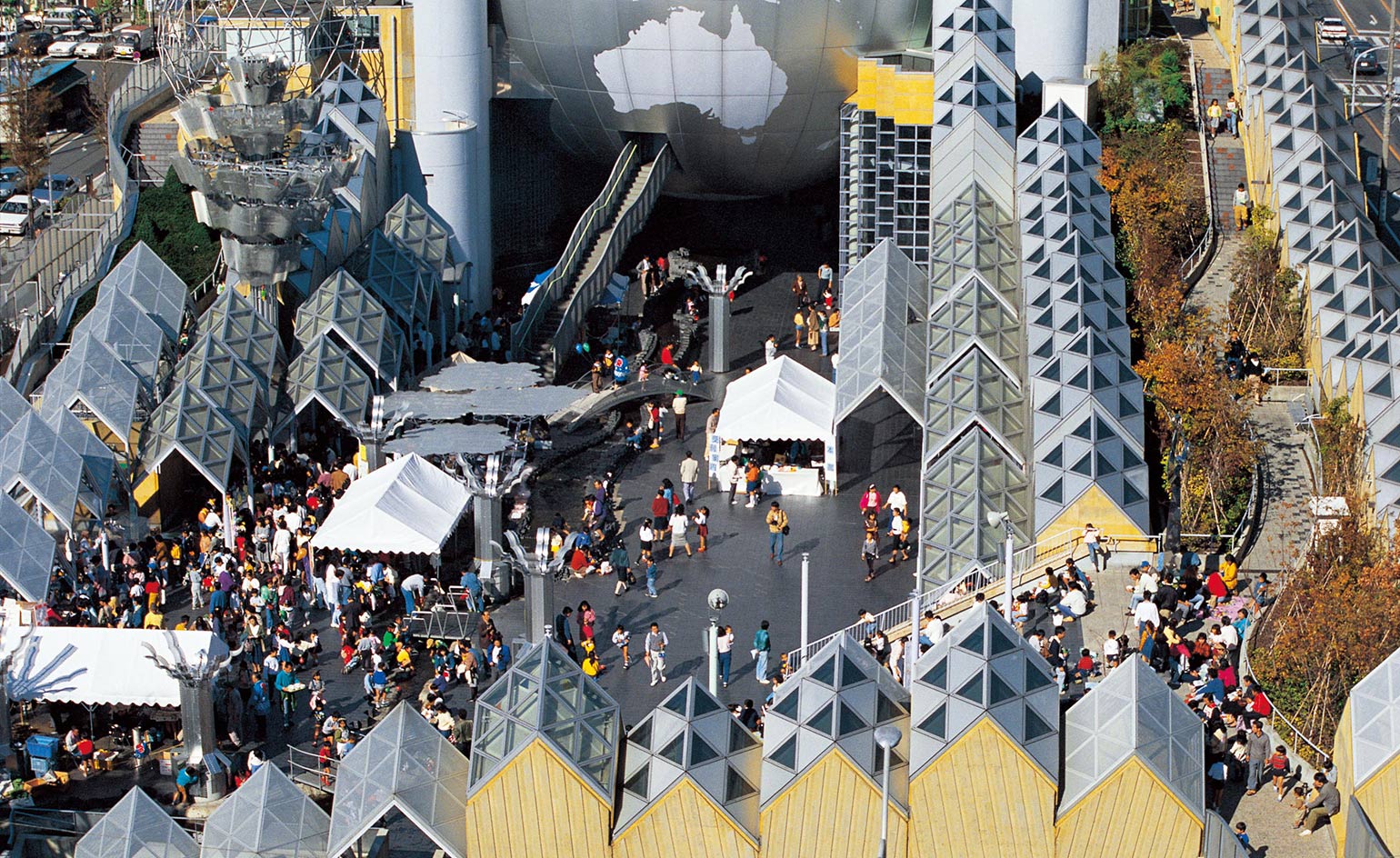
The Royal Academy of Arts’ inaugural Architecture Prize winner has just been announced. This year, the accolade goes to Japanese architect Itsuko Hasegawa.
One of Japan’s lesser-known architects beyond the country’s borders, Hasegawa was praised by the jury for her lightness of touch and spirit of invention. Having worked both within the forward-thinking Metabolist movement and with traditional Japanese architecture, Hasegawa certainly bridges a range of influences, which she translates delicately into her own work. Her best known buildings include the Shonandai Cultural Centre in Fujisawa, the Sumida Culture Factory and the Yamanashi Museum of Fruit.
Selected by a panel comprising architect Richard Rogers RA, dean of Harvard Graduate School of Design Mohsen Mostafavi, BBC broadcaster Razia Iqbal, artist Conrad Shawcross RA and critic and curator Joseph Grima, Hasegawa was honoured for her ‘inspiring and enduring contribution to the culture of architecture’, explains the jury.
‘These new awards celebrate imaginative architecture that lifts the human spirit and the work of Itsuko Hasegawa certainly does so’, says Kate Goodwin, head of architecture and Drue Heinz Curator at the RA.
The winner of the Architecture Prize will join the winner of the Dorfman Award (the Royal Academy’s other new, major award launched this year, focusing on new talent) in a public presentation in July, highlighting the institution’s role as a key global advocate for architecture.
This will follow the Dorfman’s announcement of its winner from a shortlist of five architects, including Arquitectura Expandida (Colombia), Go Hasegawa of Go Hasegawa and Associates (Japan), Anne Holtrop of Studio Anne Holtrop (The Netherlands and Bahrain), Rahel Shawl of RAAS Architects (Ethiopia), and Alireza Taghaboni of nextoffice (Iran).

Shonandai Cultural Centre, Kanagawa, Japan, 1990.
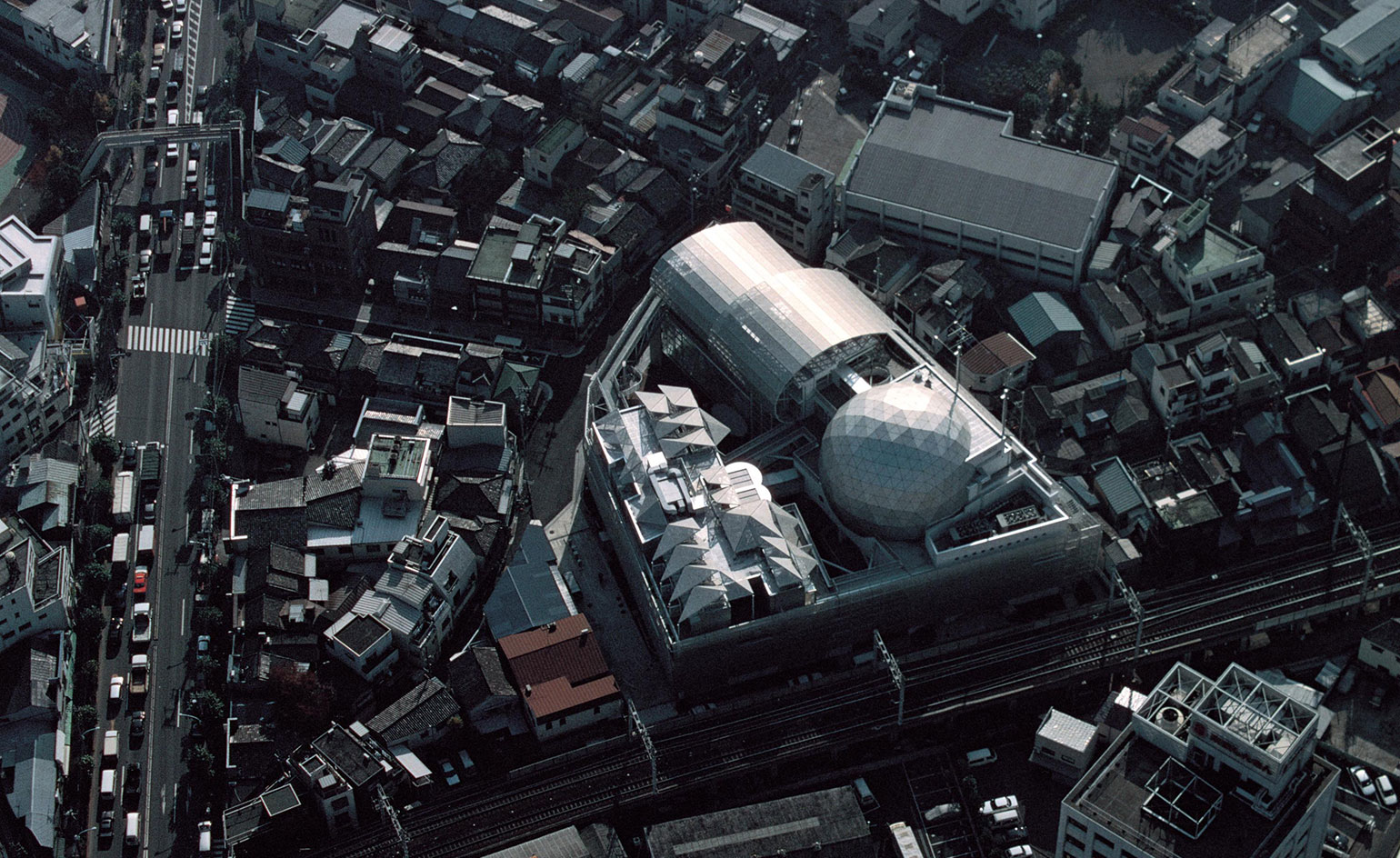
Sumida Culture Factory, Tokyo, Japan, 1994.

Sumida Culture Factory, Tokyo, Japan, 1994.
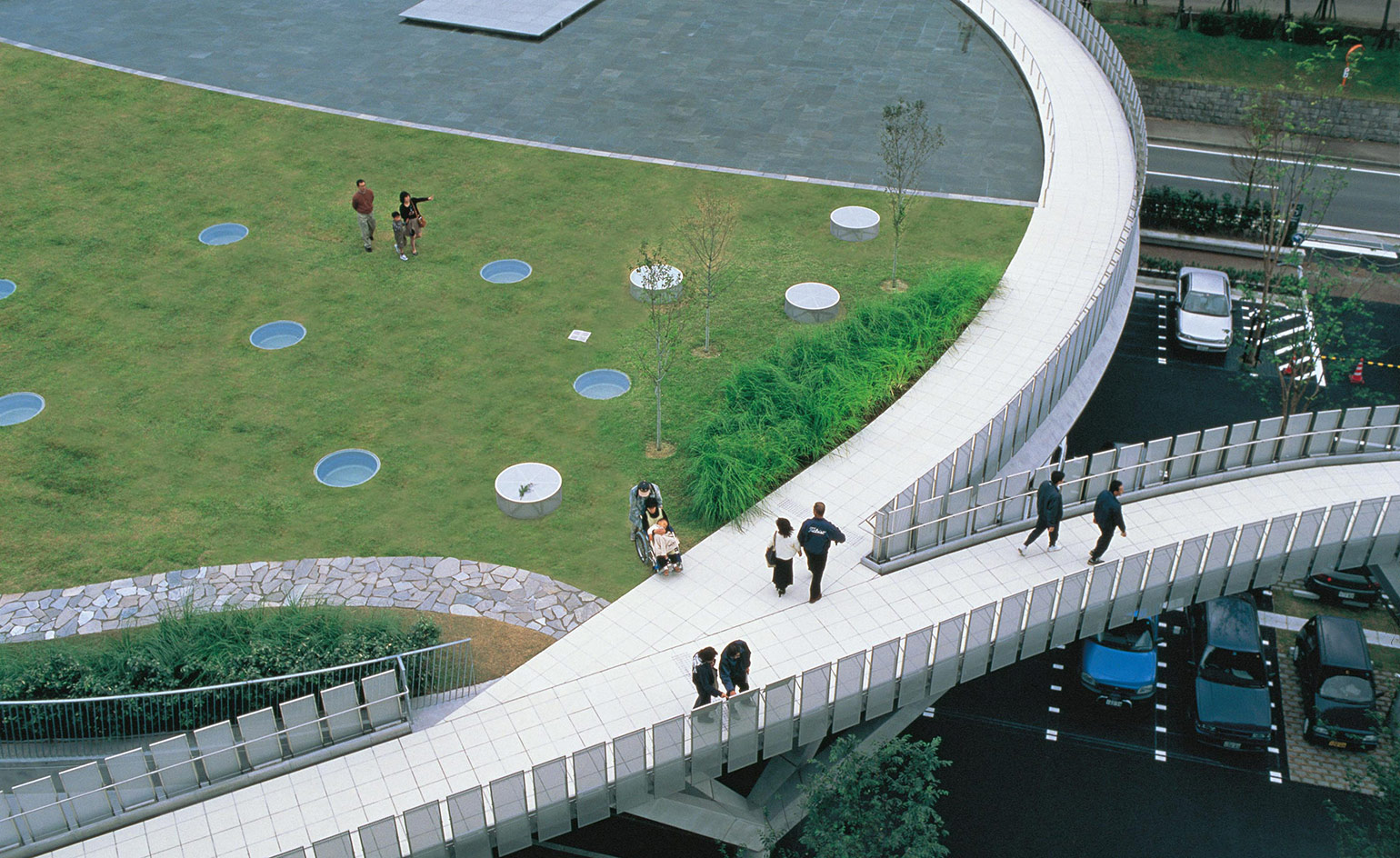
Niigata Performing Arts Center, Niigata, Japan, 1998.
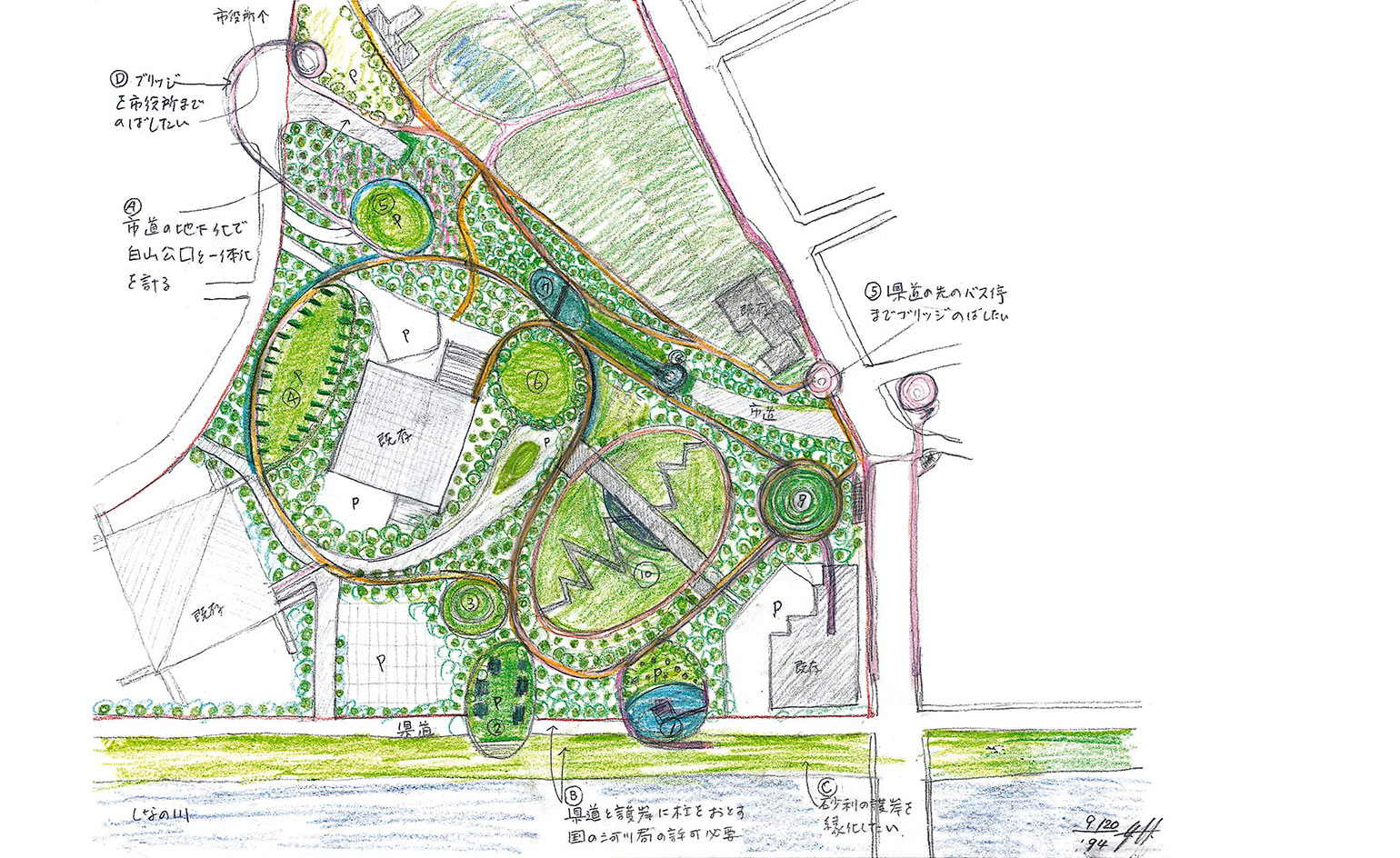
Niigata Performing Arts Center, Niigata, Japan, 1998.
INFORMATION
For more information visit the Royal Academy’s website
Receive our daily digest of inspiration, escapism and design stories from around the world direct to your inbox.
Ellie Stathaki is the Architecture & Environment Director at Wallpaper*. She trained as an architect at the Aristotle University of Thessaloniki in Greece and studied architectural history at the Bartlett in London. Now an established journalist, she has been a member of the Wallpaper* team since 2006, visiting buildings across the globe and interviewing leading architects such as Tadao Ando and Rem Koolhaas. Ellie has also taken part in judging panels, moderated events, curated shows and contributed in books, such as The Contemporary House (Thames & Hudson, 2018), Glenn Sestig Architecture Diary (2020) and House London (2022).
-
 Gorden Wagener leaves the helm of Mercedes-Benz design after 28 years with the company
Gorden Wagener leaves the helm of Mercedes-Benz design after 28 years with the companyThe German designer is stepping down from the role of chief design officer at Mercedes-Benz. We look back at his influence and impact on the world of automotive and luxury design
-
 These Christmas cards sent by 20th-century architects tell their own stories
These Christmas cards sent by 20th-century architects tell their own storiesHandcrafted holiday greetings reveal the personal side of architecture and design legends such as Charles and Ray Eames, Frank Lloyd Wright and Ludwig Mies van der Rohe
-
 Lucila Safdie’s ‘feminine and surreal’ womenswear is inspired by teenage bedrooms and internet lore
Lucila Safdie’s ‘feminine and surreal’ womenswear is inspired by teenage bedrooms and internet loreThe latest in our Uprising series, the Central Saint Martins graduate is honing a pastel-shaded vision rooted in depictions of girlhood in film and literature
-
 This Fukasawa house is a contemporary take on the traditional wooden architecture of Japan
This Fukasawa house is a contemporary take on the traditional wooden architecture of JapanDesigned by MIDW, a house nestled in the south-west Tokyo district features contrasting spaces united by the calming rhythm of structural timber beams
-
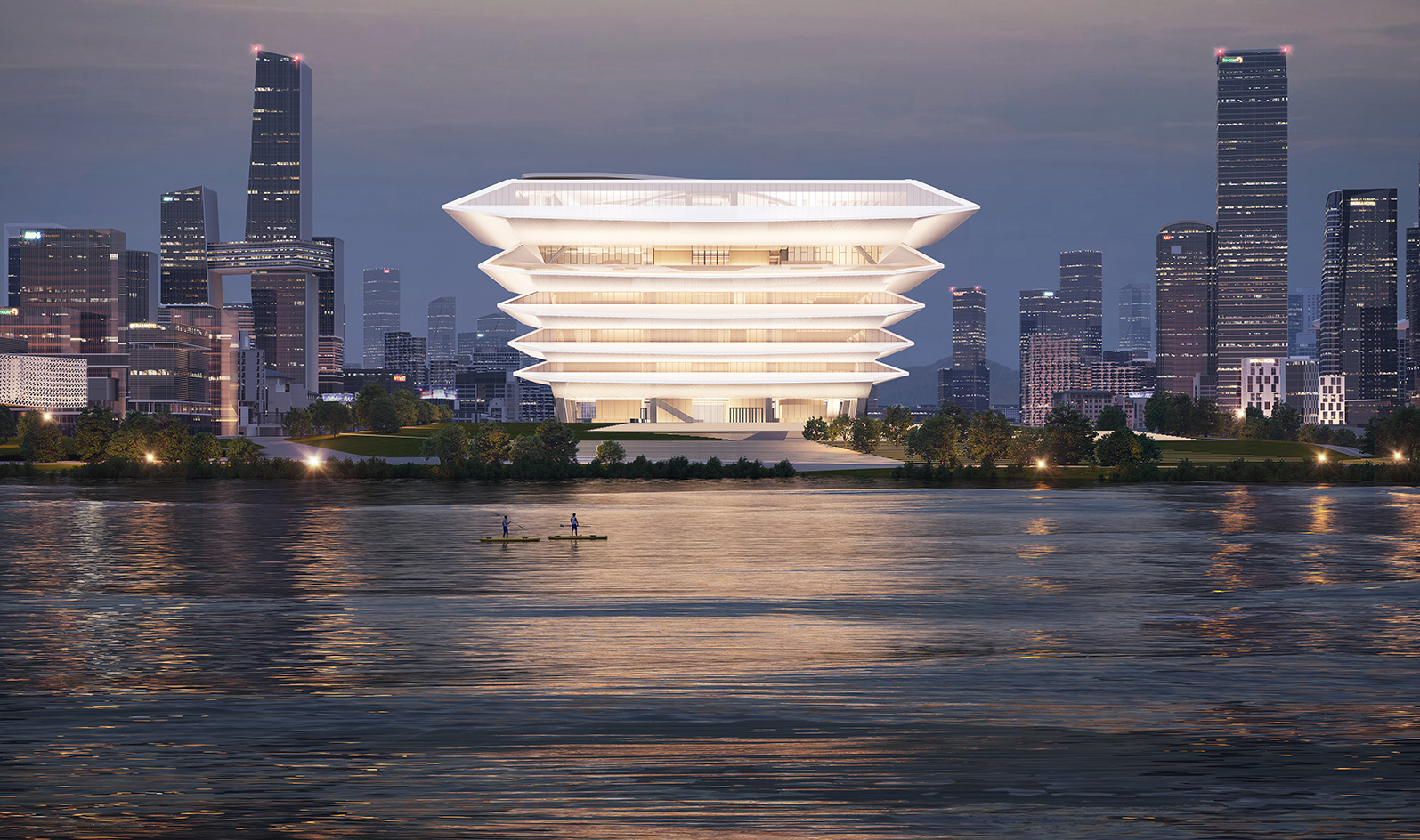 The RIBA Asia Pacific Awards reward impactful, mindful architecture – here are the winners
The RIBA Asia Pacific Awards reward impactful, mindful architecture – here are the winnersThe 2025 RIBA Asia Pacific Awards mark the accolade’s first year – and span from sustainable mixed-use towers to masterplanning and housing
-
 Take a tour of the 'architectural kingdom' of Japan
Take a tour of the 'architectural kingdom' of JapanJapan's Seto Inland Sea offers some of the finest architecture in the country – we tour its rich selection of contemporary buildings by some of the industry's biggest names
-
 RIBA House of the Year 2025 is a ‘rare mixture of sensitivity and boldness’
RIBA House of the Year 2025 is a ‘rare mixture of sensitivity and boldness’Topping the list of seven shortlisted homes, Izat Arundell’s Hebridean self-build – named Caochan na Creige – is announced as the RIBA House of the Year 2025
-
 A revived public space in Aberdeen is named Scotland’s building of the year
A revived public space in Aberdeen is named Scotland’s building of the yearAberdeen's Union Terrace Gardens by Stallan-Brand Architecture + Design and LDA Design wins the 2025 Andrew Doolan Best Building in Scotland Award
-
 At the Holcim Foundation Forum and its Grand Prizes, sustainability is both urgent and hopeful
At the Holcim Foundation Forum and its Grand Prizes, sustainability is both urgent and hopefulThe Holcim Foundation Forum just took place in Venice, culminating in the announcement of the organisation's Grand Prizes, the projects especially honoured among 20 previously announced winning designs
-
 Archiboo Awards 2025 revealed, including prizes for architecture activism and use of AI
Archiboo Awards 2025 revealed, including prizes for architecture activism and use of AIArchiboo Awards 2025 are announced, highlighting Narrative Practice as winners of the Activism in architecture category this year, among several other accolades
-
 RIBA launches new awards – and for the first winners, we look to the Middle East
RIBA launches new awards – and for the first winners, we look to the Middle EastThe RIBA Middle East Award winners are announced today. The first of the organisation's two new territory awards series honours a women-only mosque, a luxury hotel, a city park and more